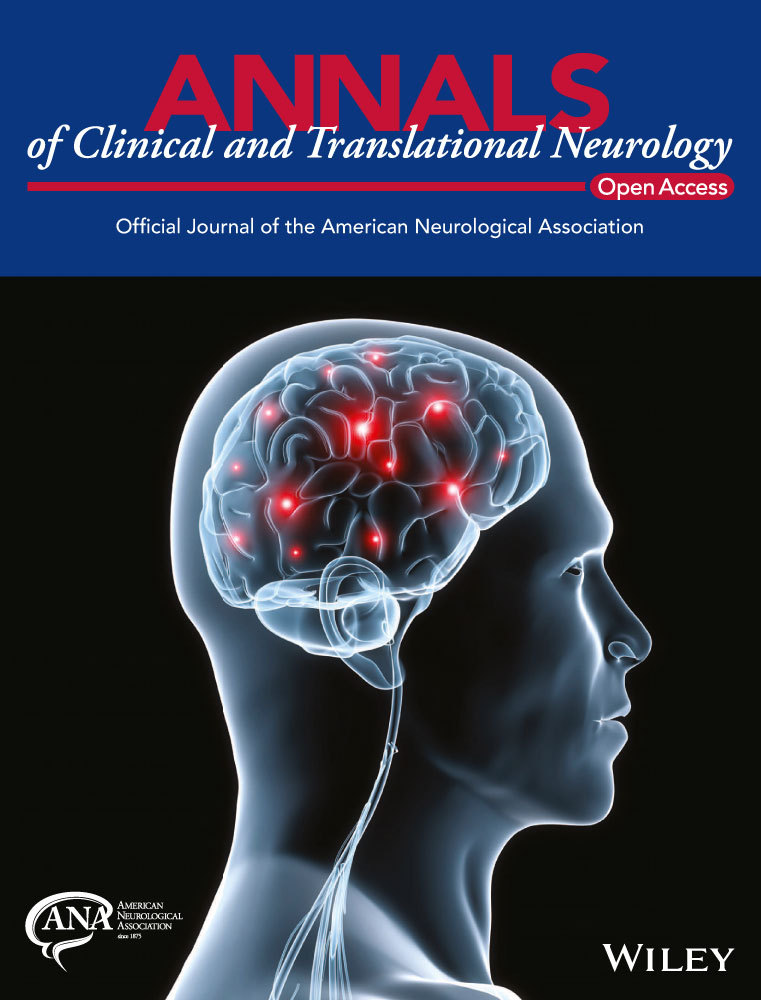A genomic cause of cerebral palsy should not change the clinical classification
We congratulate Dr Takezawa et al. on their finding of 9 cerebral palsy cases with pathogenic or likely pathogenic genetic variants in keeping with other recent genomic studies in cerebral palsy.1 We wish to dispute the authors’ interpretation that these cases are “masquerading” as cerebral palsy or have been misdiagnosed as cerebral palsy.
Cerebral palsy is a clinical diagnosis and description of non-progressive disorders of control of movement and posture and does not infer causation. Cerebral palsy is an umbrella diagnosis covering a heterogeneous group of etiologies. If one removes genetic causes or other causes of cerebral palsy from those cases already clinically diagnosed by neurologists or rehabilitation specialists, then in countries with cerebral palsy registers which have always used the clinical diagnosis, there will be an artificial reduction in the incidence of this disorder, perhaps allowing false claims that various other interventions have had this effect. Also in some countries the diagnosis of cerebral palsy allows access to financial benefits and social services including support groups such as the Cerebral Palsy Alliance. Removing genomic causes may disenfranchise these patients and families from the support they need. So it is very helpful to keep the umbrella clinical diagnosis of cerebral palsy but have subclassifications by possible or likely cause. This is the case in epilepsy where genetic causes have long been identified but the overall clinical diagnosis of epilepsy remains.
We agree with the authors that identification of cerebral palsy cases with a likely genetic etiology will further understanding of the molecular mechanisms of the brain disorder in such cases and may lead in time to therapeutic interventions. An international genomic consortium is now gathering large numbers of such cases for further research.2
Conflict of Interest
The authors have not conflicts to report.




